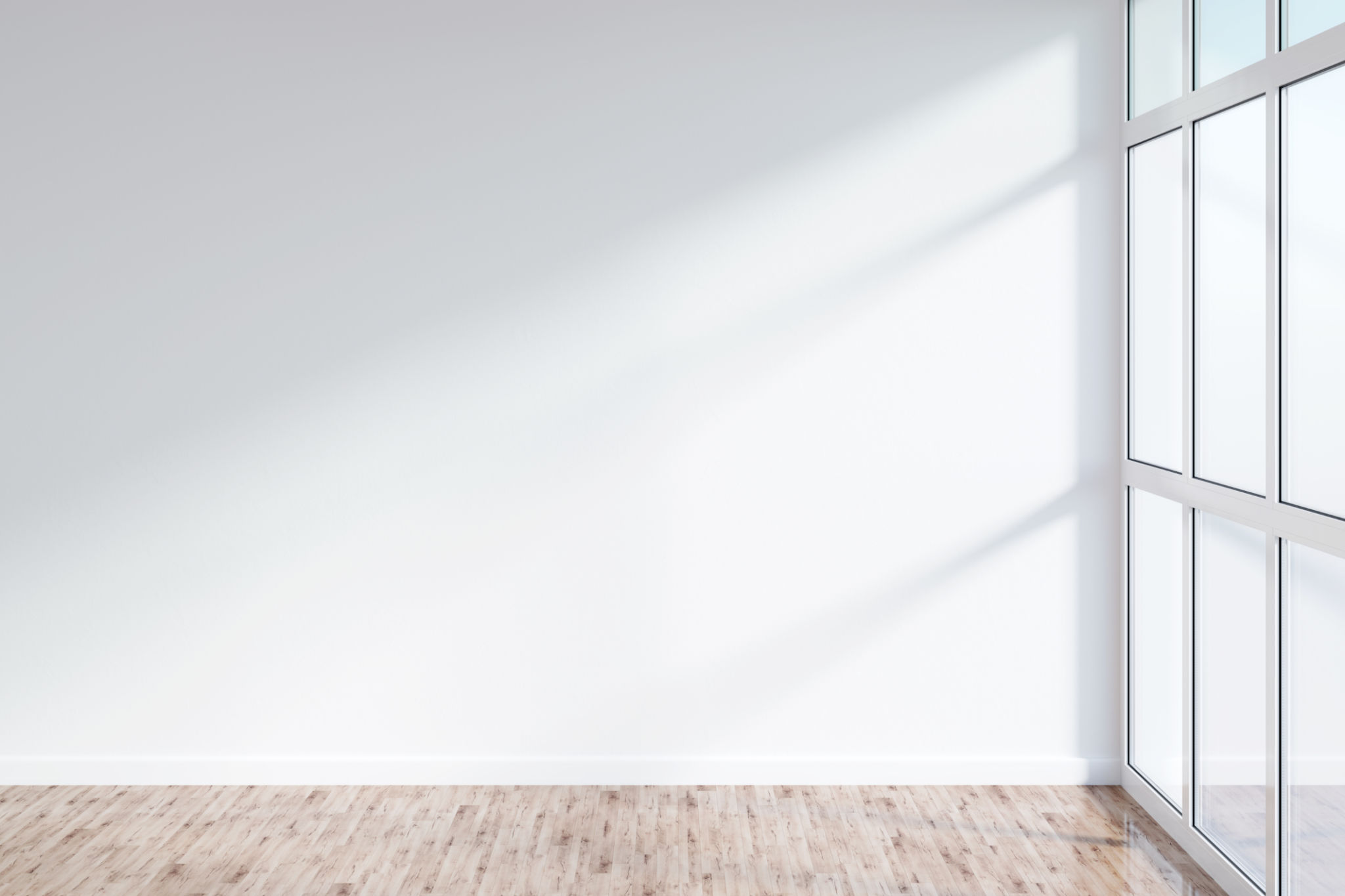Case Study: Transforming a MENA Apartment with Biophilic Design
Introduction to Biophilic Design
Biophilic design has been gaining momentum as a transformative approach to interior design. It focuses on integrating natural elements into living spaces, promoting well-being and harmony with nature. In this case study, we explore the transformation of a MENA apartment using biophilic principles to create a serene and rejuvenating environment.

Understanding the Client's Vision
The client, a young professional couple, sought a living space that not only reflected their modern lifestyle but also provided a retreat from the bustling city life. Their vision was to incorporate natural elements to enhance their apartment's aesthetics and promote a healthier indoor environment.
Key Objectives
- Create a green, calming atmosphere
- Incorporate sustainable materials
- Maximize natural light
Designing the Layout
The layout of the apartment was reimagined to bring the outdoors in. This involved strategically placing plants, using natural materials like wood and stone, and ensuring ample sunlight through large windows. The design aimed to blur the lines between indoor and outdoor spaces.
Utilizing Natural Light
Natural light is a crucial element in biophilic design. By maximizing it, we were able to create a bright and airy atmosphere. This was achieved by removing heavy drapery and opting for sheer curtains that allow sunlight to permeate the space.

Incorporating Greenery
A variety of plants were introduced throughout the apartment to enhance the connection with nature. From a vertical garden in the living room to small potted plants in the kitchen and bathroom, greenery was used not only as decoration but also to improve indoor air quality.
Plant Selection
The selection of plants was carefully curated. Low-maintenance species such as snake plants and pothos were chosen for their resilience and air-purifying qualities. The presence of these plants added vibrancy and liveliness to the apartment.

Sustainable Materials and Furnishings
Sustainability was a key consideration in the redesign. Furniture made from reclaimed wood and natural fabrics were chosen to minimize the environmental footprint. The use of eco-friendly materials not only aligned with biophilic principles but also supported the client's desire for an environmentally conscious living space.
Eco-Friendly Choices
Bamboo flooring and cotton textiles were among the sustainable options selected. These choices not only contribute to an eco-friendly home but also provide a tactile experience that enhances comfort and relaxation.
The Impact of Biophilic Design
The transformation of the apartment had a profound impact on the occupants' well-being. The integration of natural elements created a sanctuary that reduced stress levels and improved overall mood. The apartment became more than just a place to live; it became a nurturing environment that promoted health and happiness.
Feedback from the Clients
The clients expressed immense satisfaction with their new space, noting an increase in productivity and relaxation. They appreciated how biophilic design had transformed their apartment into a personal oasis.
Conclusion
This case study highlights the potential of biophilic design in transforming urban living spaces into havens of tranquility. By incorporating nature through thoughtful design choices, it's possible to create environments that not only look beautiful but also support mental and physical well-being.